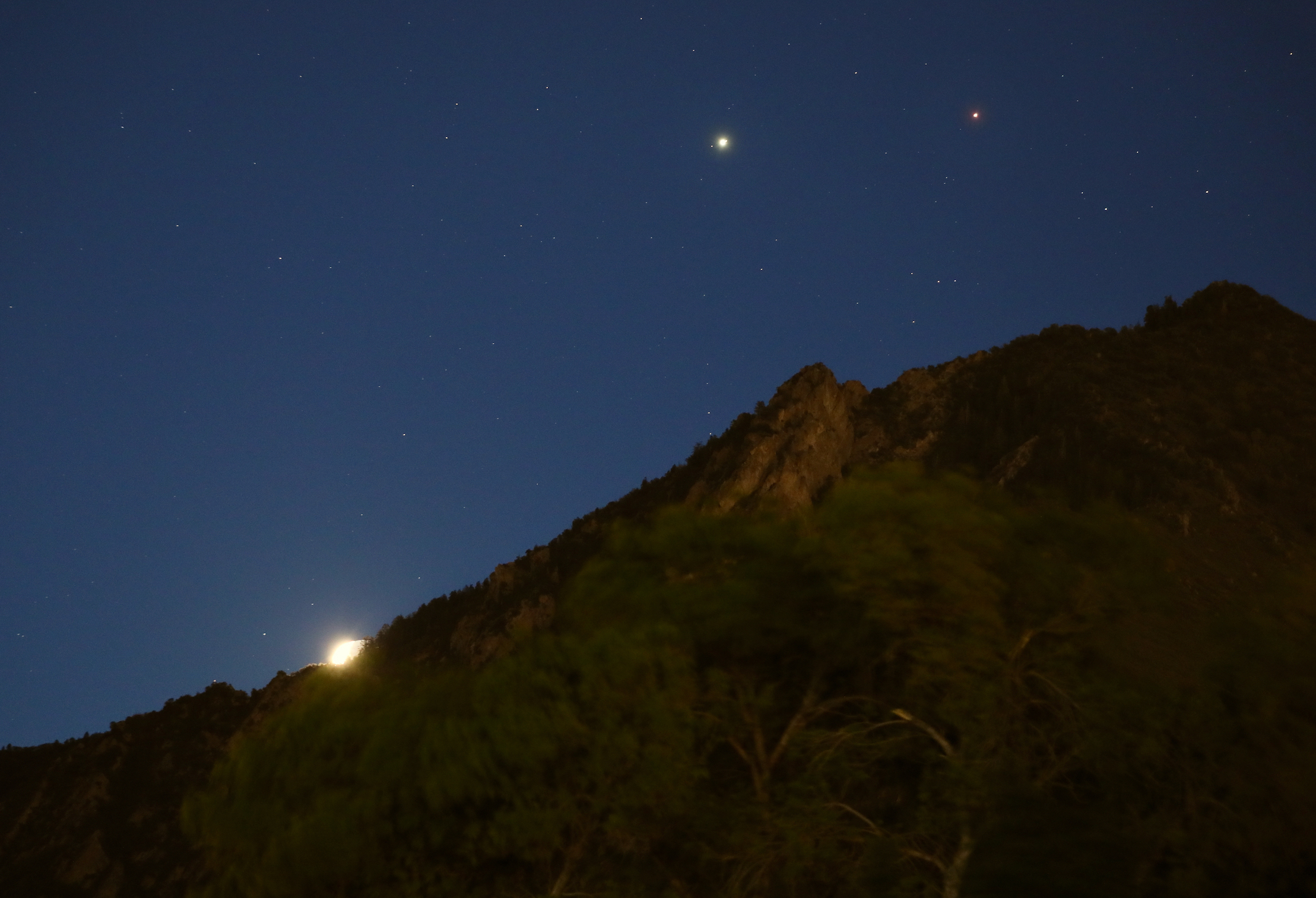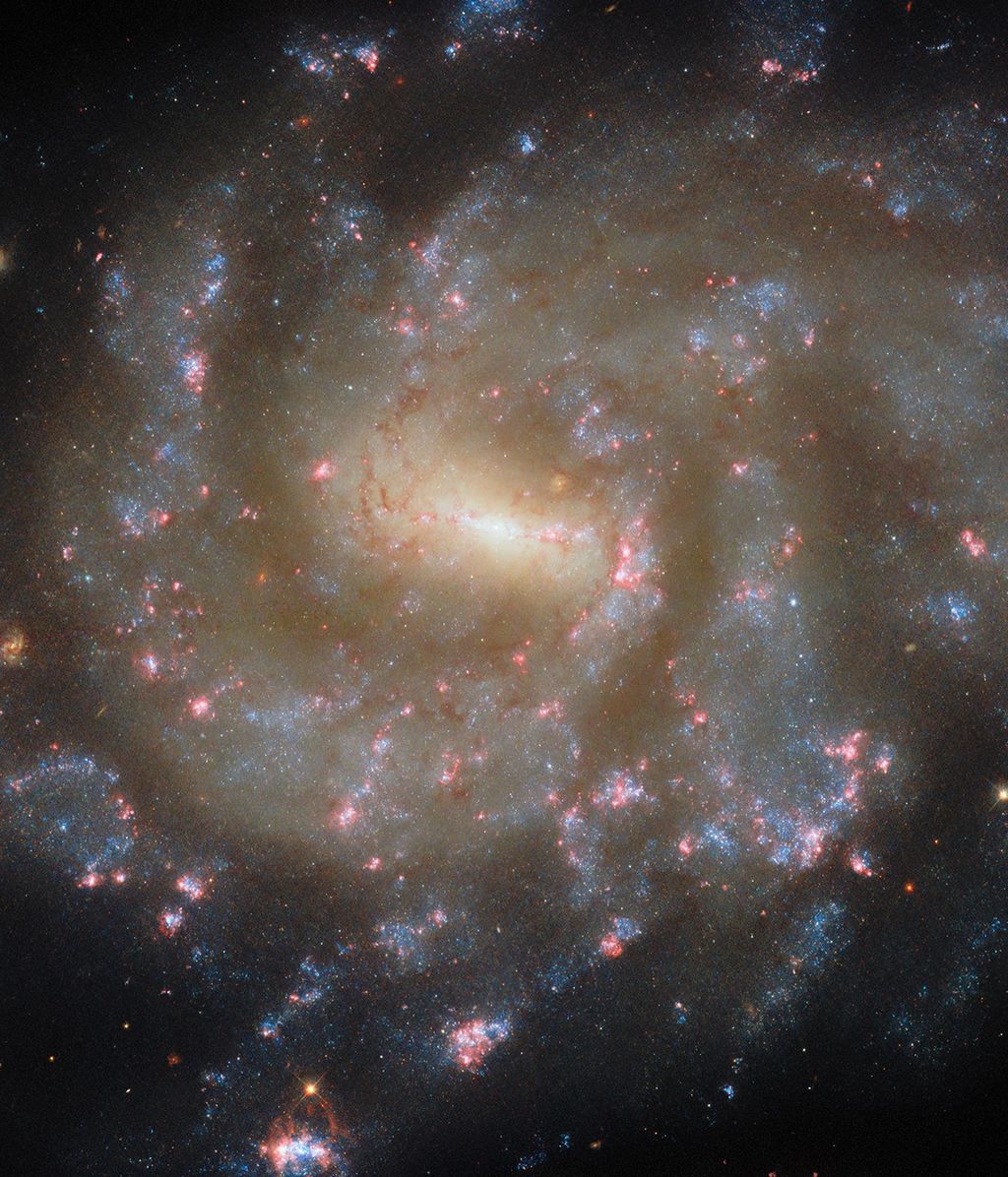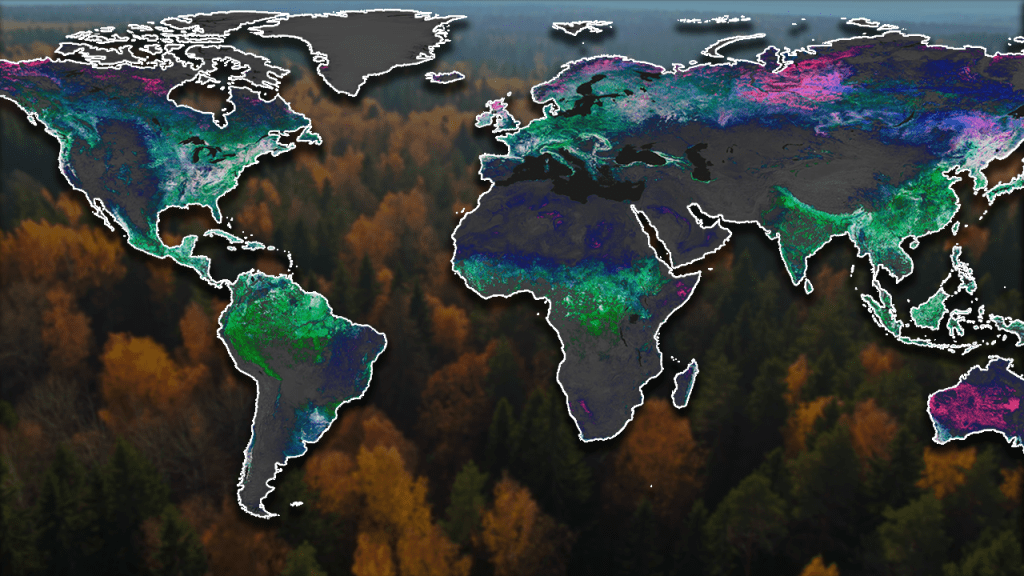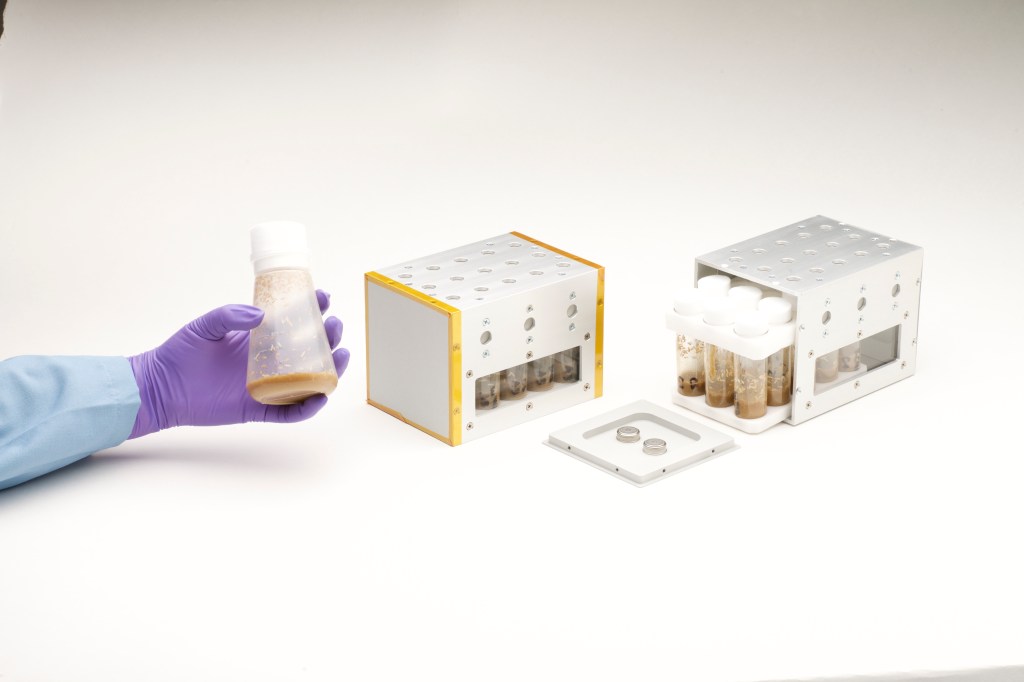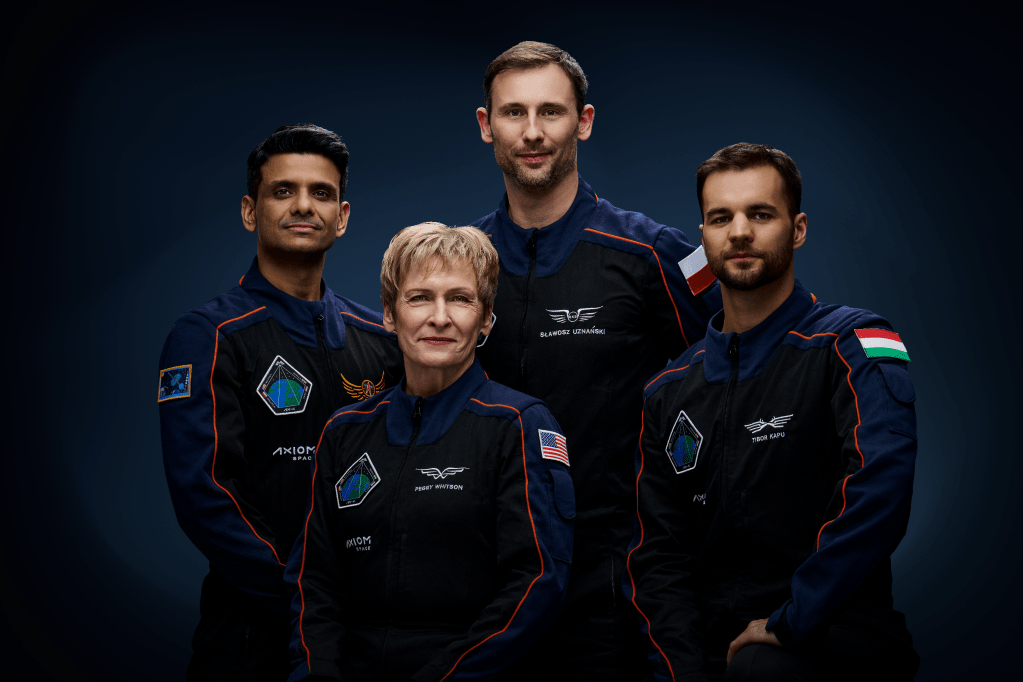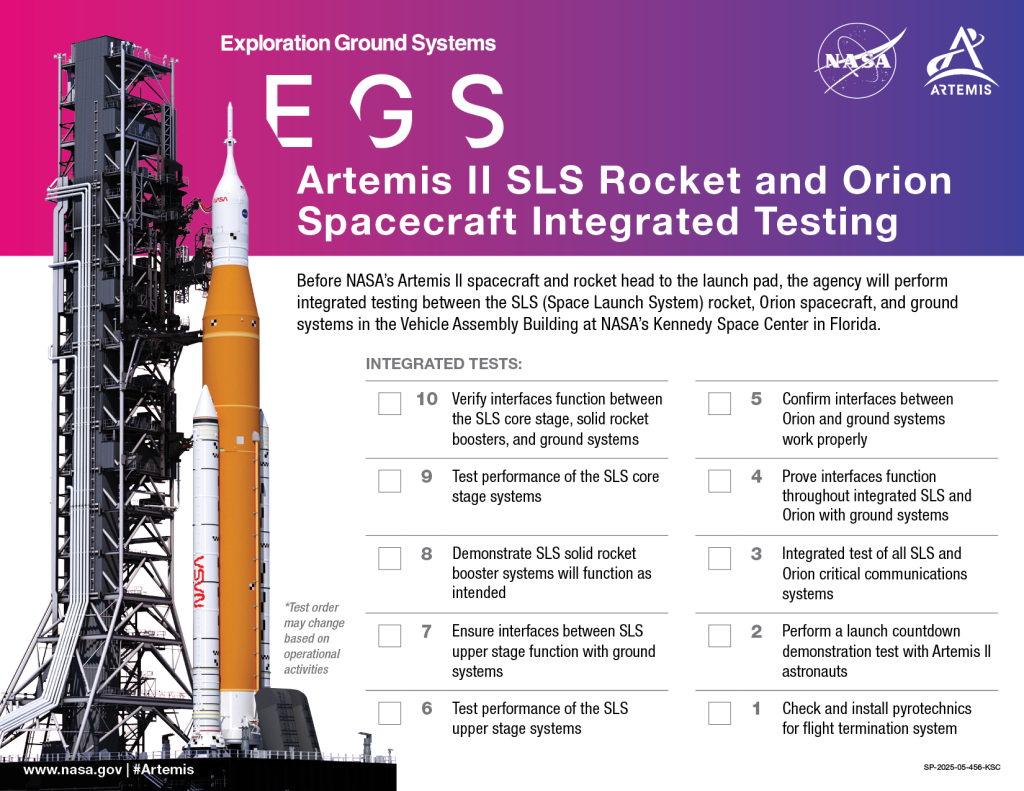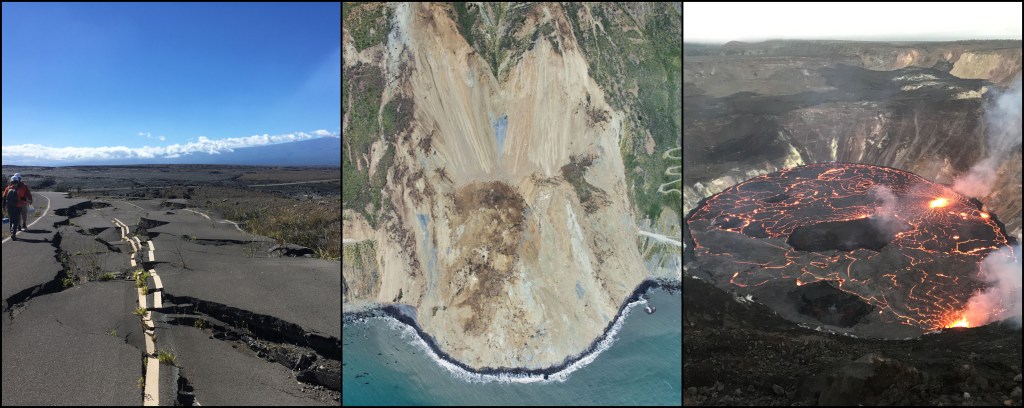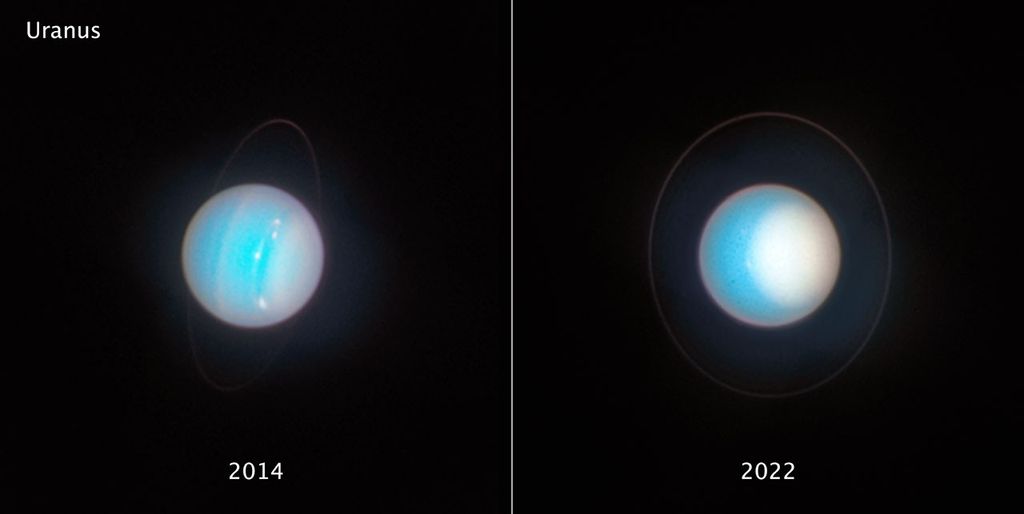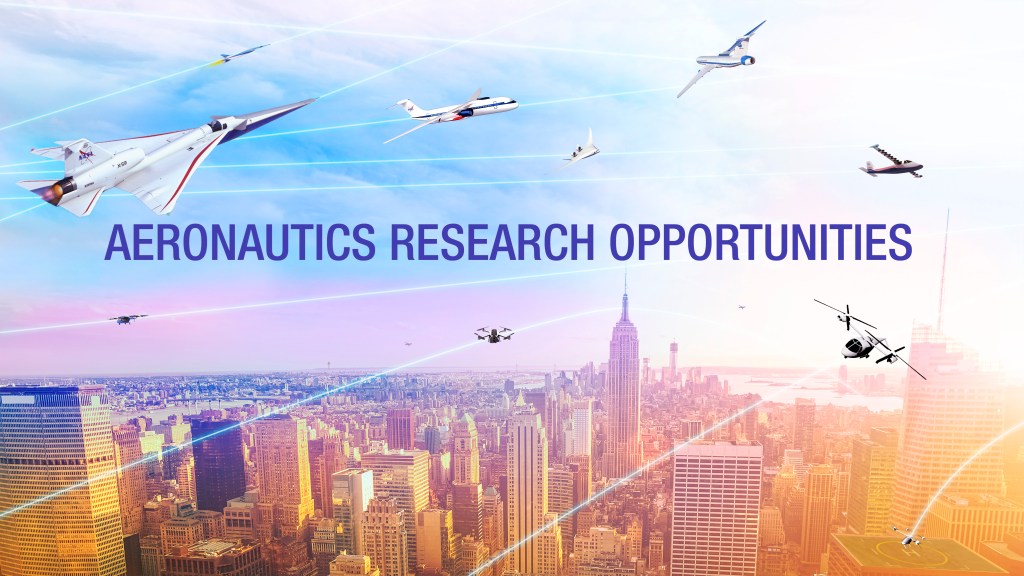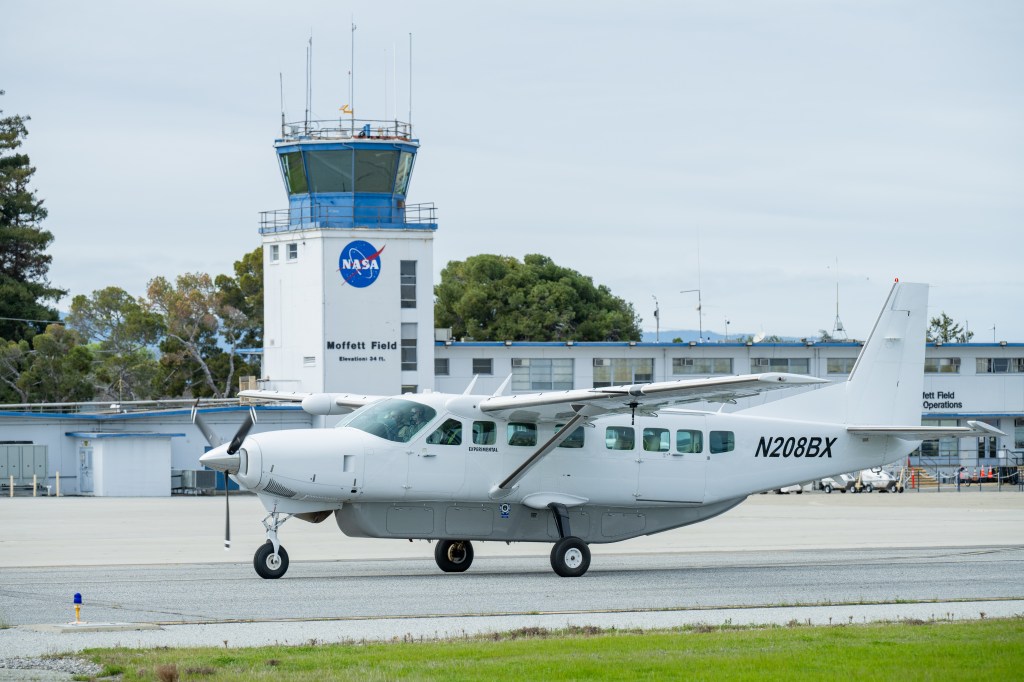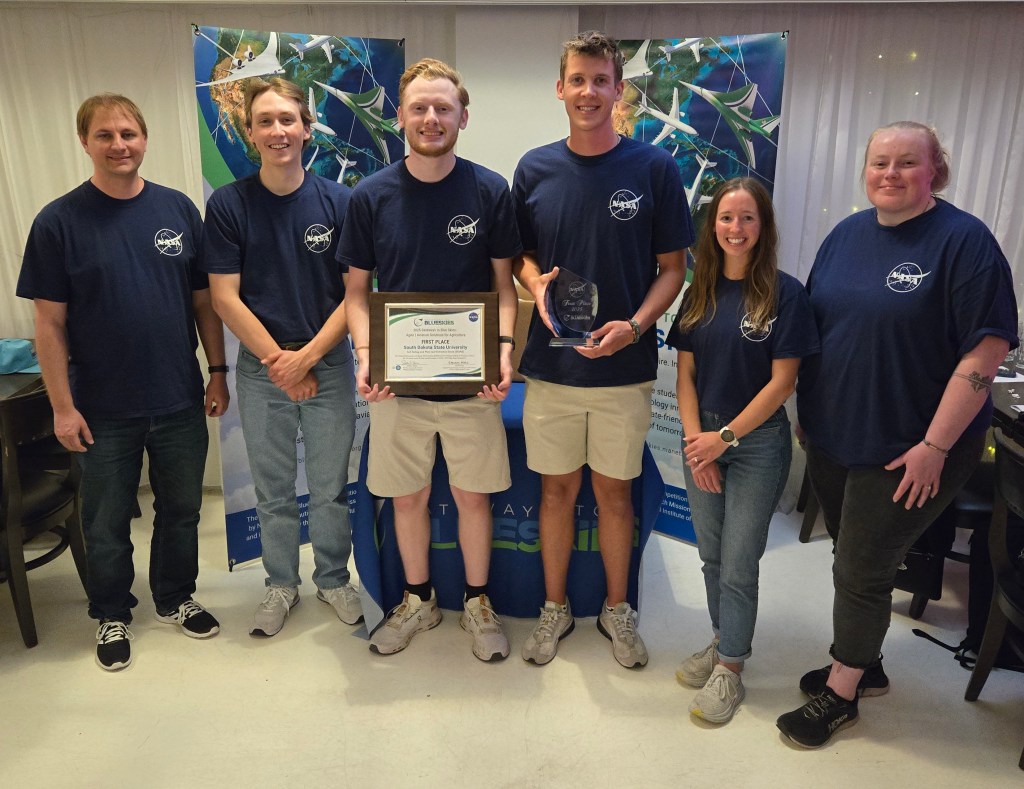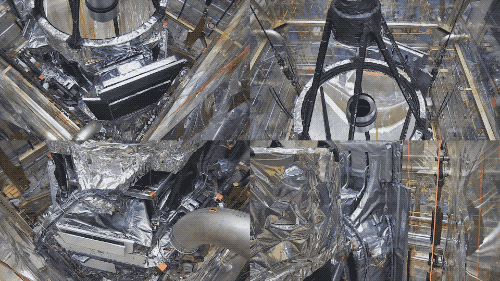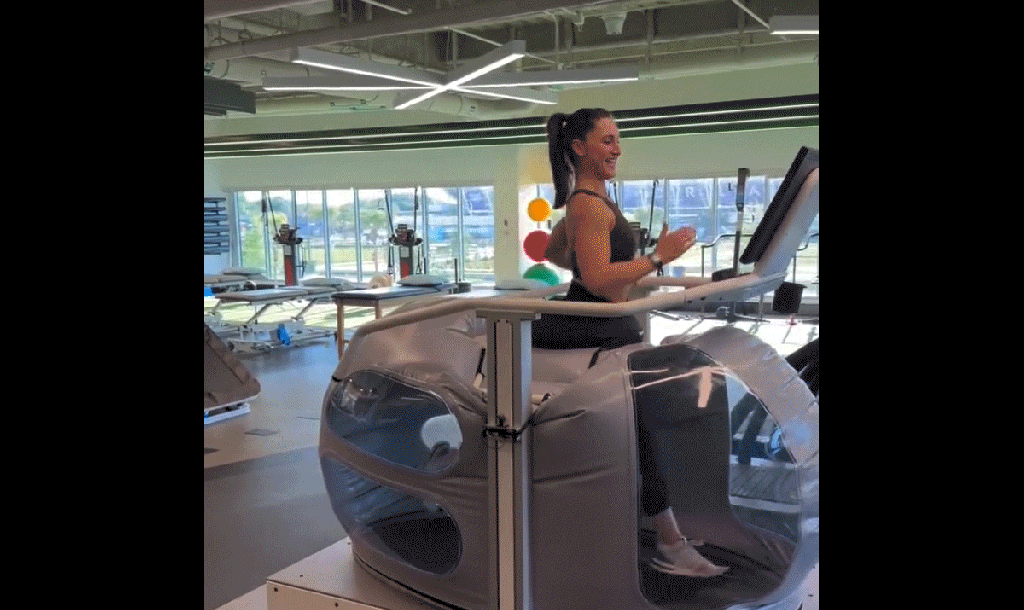In This Week’s Star
- Competitors Race the Station at Marshall
- Marshall Concludes Safety Week 2017 With Emphasis on Shared Health, Well-being
- Marshall Vehicle Fleet Adds First Fully Electric Vehicles
- Hinode Shares Hi-Res Eclipse View
- Combined Federal Campaign Officially Underway, Significant Changes Announced
- Where the Past Meets the Present: Marshall Figures Recognized
- This Week in NASA History: First Flight of Space Shuttle Atlantis – Oct. 3, 1985
- Vice President Mike Pence’s Visit and OSIRIS-REx Mission Highlighted on ‘This Week @NASA’
- Obituaries
Competitors Race the Station at Marshall
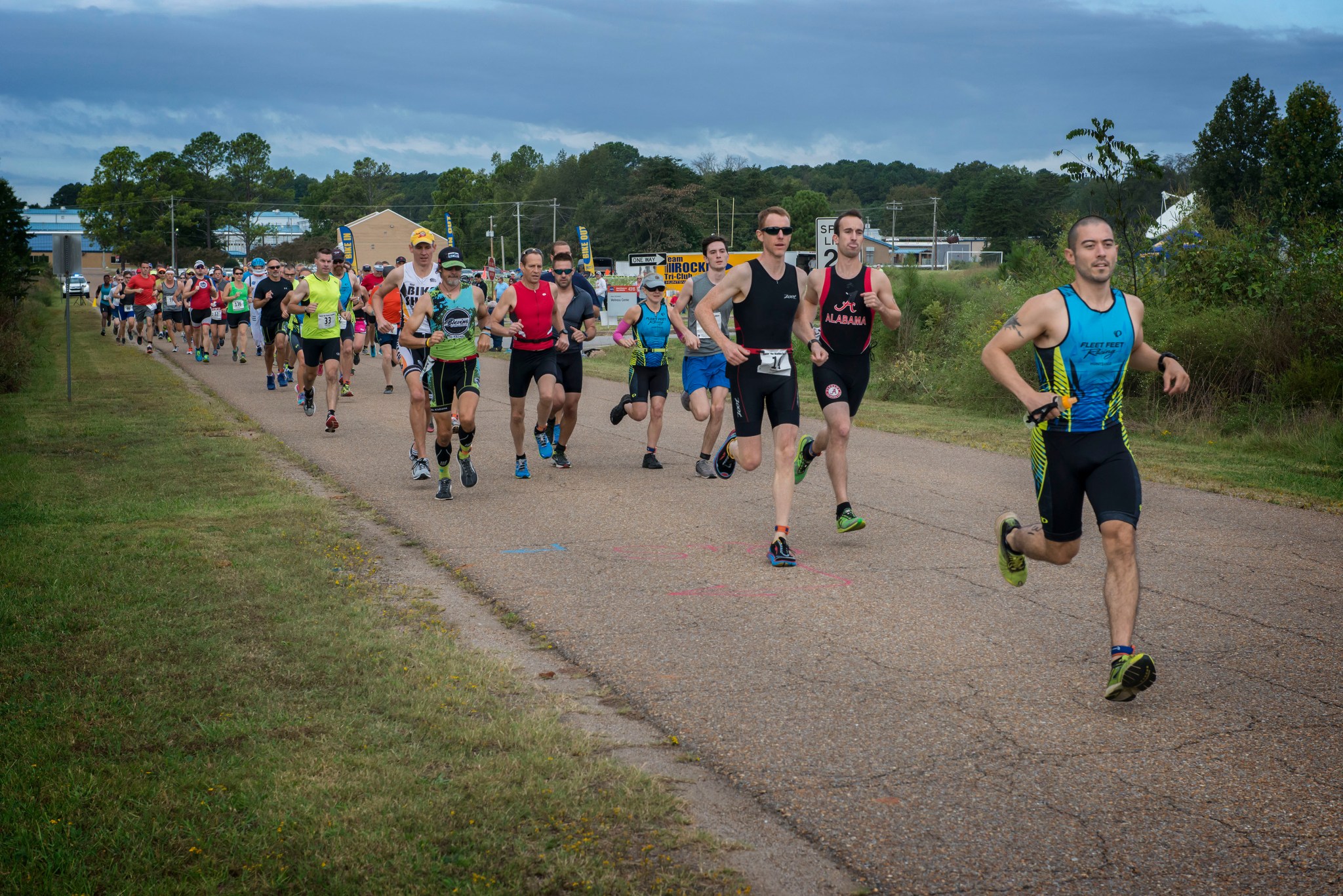
As the International Space Station orbited Earth — travelling at over 17,000 miles per hour — 163 intrepid runners and bicyclists took to the roads of NASA’s Marshall Space Flight Center and Redstone Arsenal Sept. 30, to compete in the sixth-annual “Racin’ the Station” duathlon hosted by the Marshall Association. Competitors were challenged to run and bike a course consisting of three legs — a 1.95 mile run, followed by a 14.3 mile bicycle ride, concluding with another 1.95 mile run — in under 91 minutes, 12 seconds, the time it takes the space station to complete an orbit around Earth. Nathaniel Pierce of Huntsville finished first overall completing the course in 58 minutes, 49 seconds. Vanessa Holland of Huntsville — the top finishing female — crossed the finish line in 1 hour, 8 minutes, 4 seconds. The top relay team was Team Toland-Koons, finishing in 1 hour, 9 minutes, 5 seconds. In total, 100 competitors were able to accomplish the feat and beat the station. All of the funds raised from the event go to support the Marshall Association Scholarship Fund. (NASA/MSFC/Fred Deaton)
Marshall Concludes Safety Week 2017 With Emphasis on Shared Health, Well-being
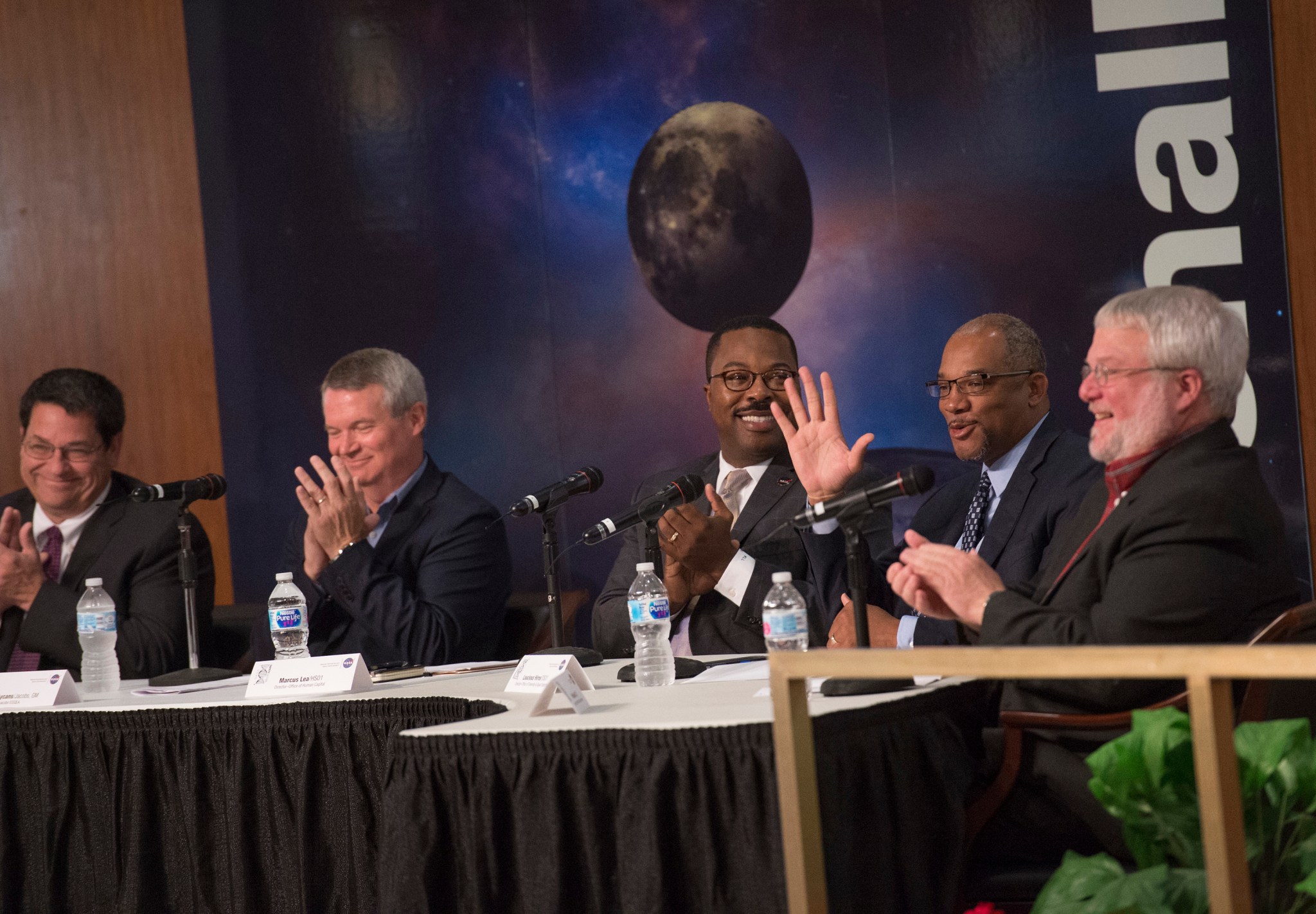
Safety Week 2017, held Sept. 25-29 at NASA’s Marshall Space Flight Center, featured Q&A opportunities with Marshall and industry leaders including, from left, “Just Culture” session panelists Roy Malone, director of Marshall’s Office of Center Operations; Randy Lycans, vice president of Jacobs of Huntsville; Marcus Lea, director of Marshall’s Office of Human Capital; Loucious Hires, director of the Office of Diversity and Equal Opportunity; and Pete Allen, deputy director of the Safety and Mission Assurance Directorate. The Sept. 26 panel, suggested by employees responding to Marshall’s Safety Culture Survey, enabled team members to interact with Marshall leadership about matters of safety, health and well-being. (NASA/MSFC/Emmett Given)
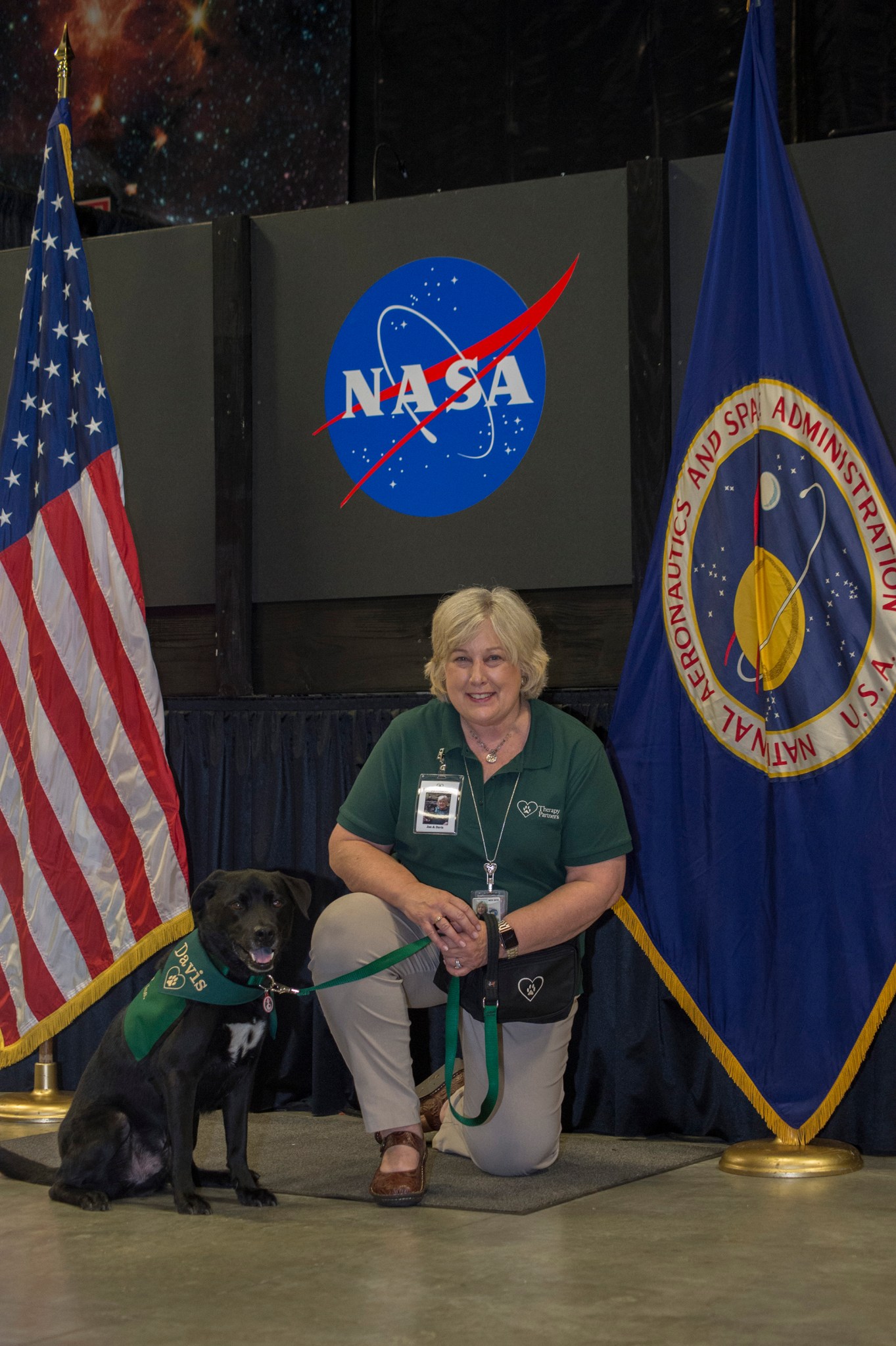
Dr. Jan Davis represents Therapy Partners of Huntsville, one of many vendors that exhibited safety equipment and services during Safety Week 2017 at Marshall. Here, Davis, a former NASA astronaut who is a technical expert supporting the Safety and Mission Services Contract at Marshall for Bastion Technologies of Huntsville, kneels next to her therapy dog, also named Davis. (NASA/MSFC/Emmett Given)
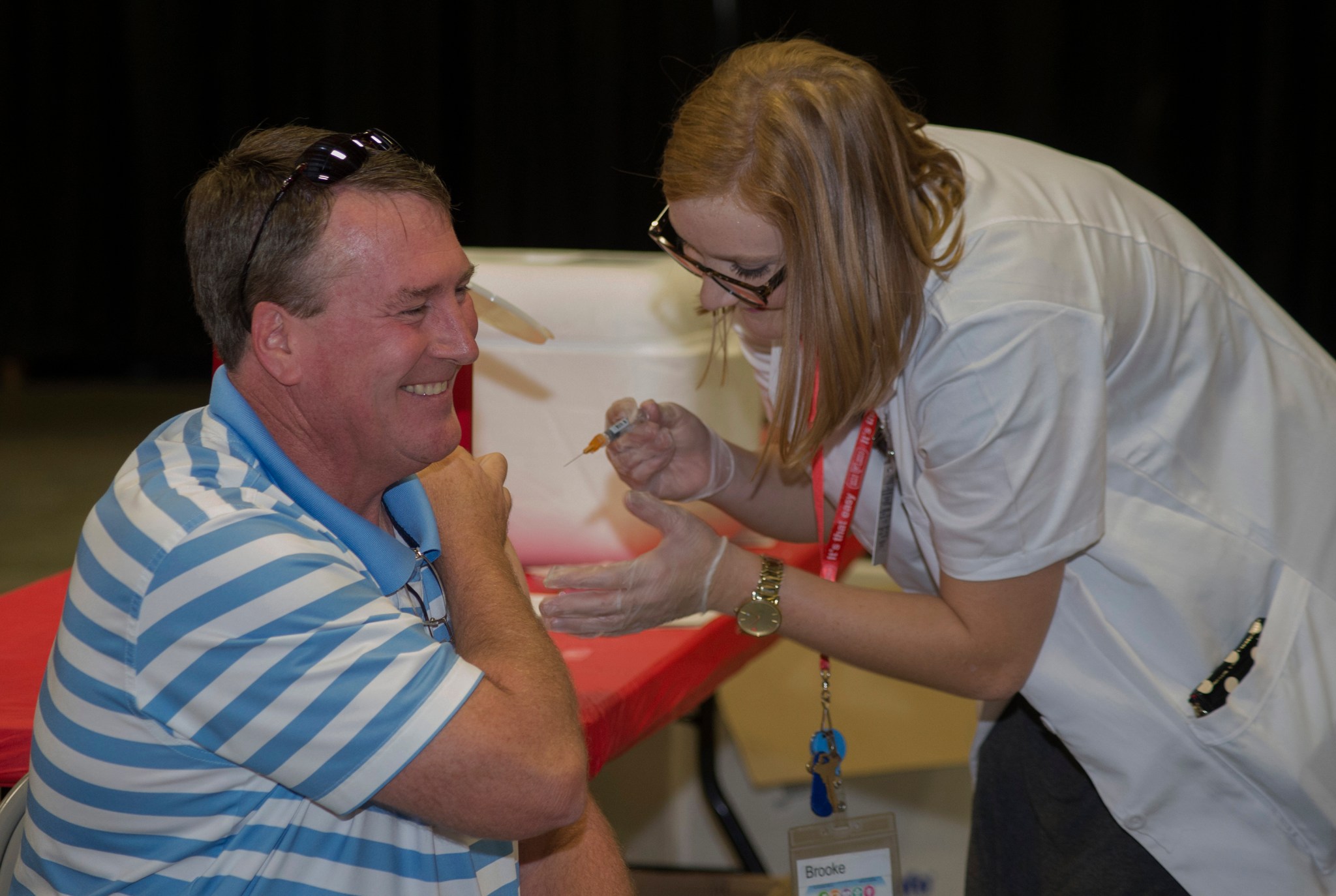
Walgreens pharmacist Brooke McGee, right, administers a flu shot to Marshall engineer Robert Rutherford in Building 4316 Activities Building. Organized by the Marshall Medical Center, the shots were among many opportunities — from yoga classes to presentations on stress and mental health – offered team members during Safety Week 2017 to aid in improving their personal well-being. (NASA/MSFC/Emmett Given)
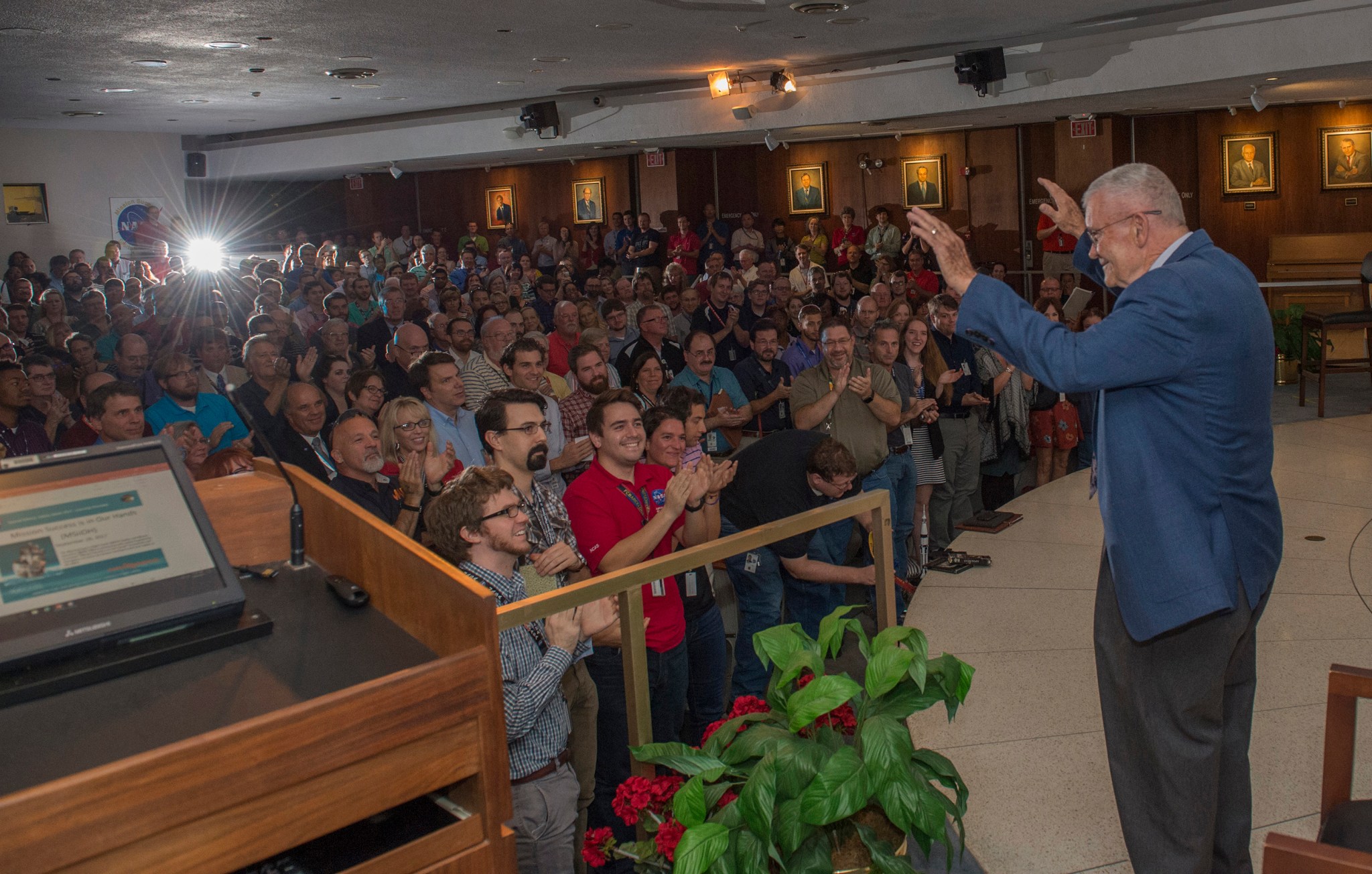
Former NASA astronaut Fred Haise Jr., right, part of the three-man Apollo 13 crew who heroically overcame an oxygen system failure that aborted their lunar landing and threatened their lives, receives a standing ovation from members of the Marshall workforce Sept. 28 in Morris Auditorium. Haise, whose presentation and Q&A with team members were highlights of Safety Week 2017, spoke about the Apollo 13 ordeal, the contributions of quick-thinking NASA engineers on the ground, and the value of committing to safety in the workplace and throughout one’s life. Safety Week 2017 was organized by Marshall’s Safety and Mission Assurance Directorate. (NASA/MSFC/Emmett Given)
Marshall Vehicle Fleet Adds First Fully Electric Vehicles
By Rick Smith
Following NASA’s Marshall Space Flight Center’s introduction last spring of its first 240v electric vehicle smart charging station, the quiet purr of progress grew more insistent in September with the introduction of two new, fully electric cars to Marshall’s fleet.
The new cars are white, four-door 2017 Ford Focus sedans capable of traveling approximately 115 miles on a 5 1/2-hour charge using Marshall’s 240-volt charging station. Each has a 143-horsepower engine, fuel-efficiency tracking technology and an innovative braking recovery system which recharges the vehicle while it’s being driven. Users may even download an app to their phones enabling them to start the vehicle remotely, track their mileage and fuel use, and find charging stations along their route.
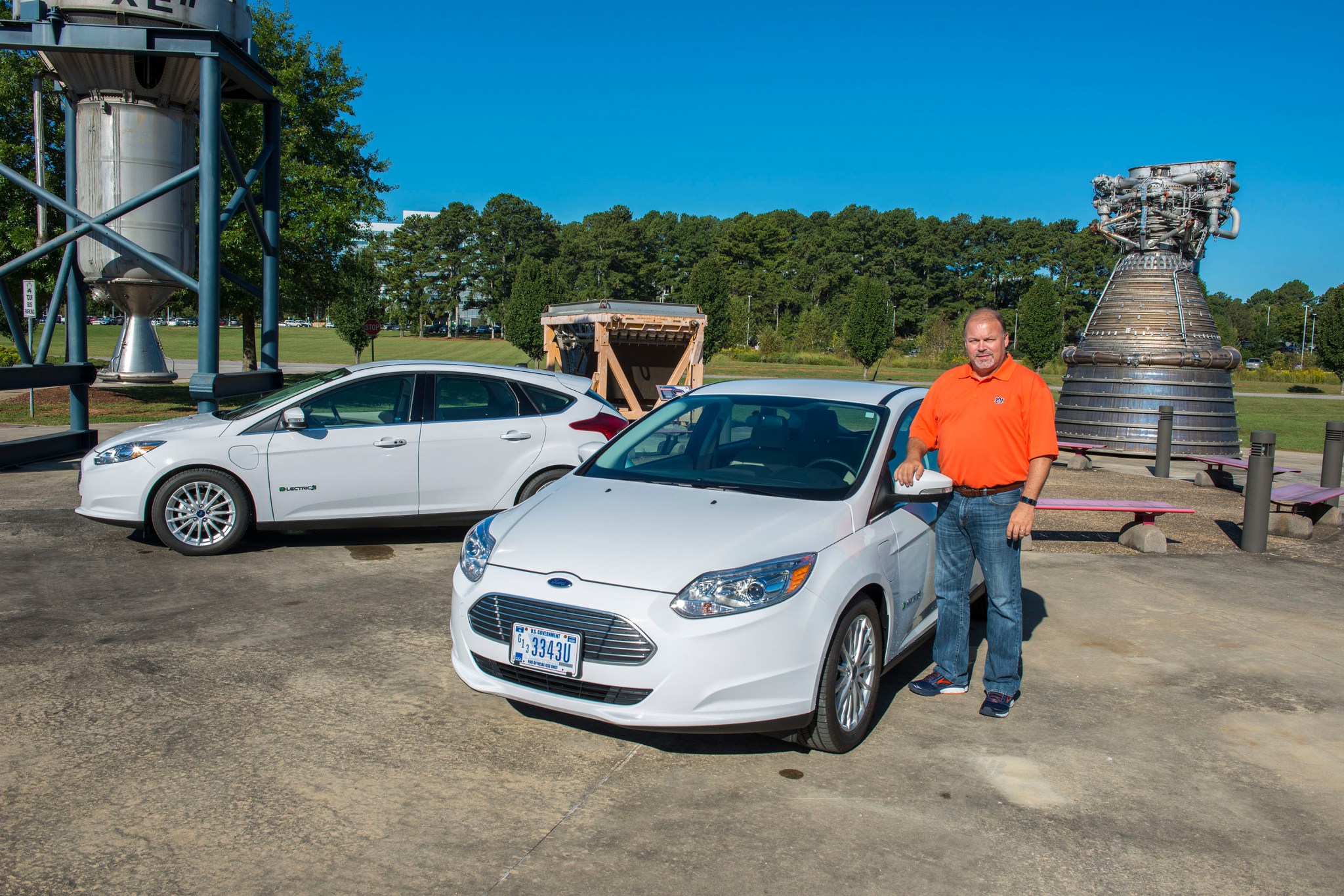
The electric cars join five “green” vehicles in use at Marshall since spring 2016 – three hybrid vehicles, primarily powered by gasoline with an electric assist, and two plug-in hybrid electric vehicles, primarily powered by an electric motor with a gasoline assist. All are managed by the Logistics Services Office in Marshall’s Office of Center Operations.
“We’ve had great reviews of our hybrids from Marshall users, and people seem to love the new fully electric cars as well,” said David Norris, Marshall transportation specialist. One of the plug-in hybrid vehicles, he said, already has been taken for temporary duty assignment travel to NASA’s Michoud Assembly Facility.
Farley Davis, manager of the Logistics Services Office, said a test drive swiftly quashes any lingering concerns about the comfort and drivability of electric cars. “Plenty of driver leg room, great pickup and handling — and you can’t beat that quiet engine,” he said. “I encourage team members to visit the motor pool and try one for themselves.”
The new vehicles, and the charging station in the lot outside Building 4260, address federal requirements on greenhouse gas emissions. NASA and other agencies have been challenged to reduce petroleum consumption by 20 percent and greenhouse gas emissions by 30 percent by 2025.
To tackle these goals, Marshall intends for zero-emission vehicles to make up 20 percent of its vehicle fleet by the end of 2020. That percentage is set to rise to 50 percent by 2025. Primarily used for local transportation and temporary duty assignment travel, Marshall’s fleet currently includes some 125 vehicles. Procured by the General Services Administration in Washington, most are powered by conventional gasoline, diesel and E85 flex fuel.
Farley and Norris are confident that a swell of positive response to the new electric and hybrid vehicles will speed up transition to a greener fleet. That will, in turn, spur the addition of more charging stations to service them — making the switch even more popular among drivers.
Given that one in four respondents to a spring 2017 survey by Marshall’s Environmental Engineering and Occupational Health Office said their next car purchase is likely to be an electric or hybrid vehicle, that quiet purr soon may be heard all across Marshall.
For more information about Marshall’s vehicle fleet, click here. To learn more about the federal sustainability executive order, click here.
Smith, an ASRC Federal/Analytical Services employee, supports the Office of Strategic Analysis & Communications.
Hinode Shares Hi-Res Eclipse View
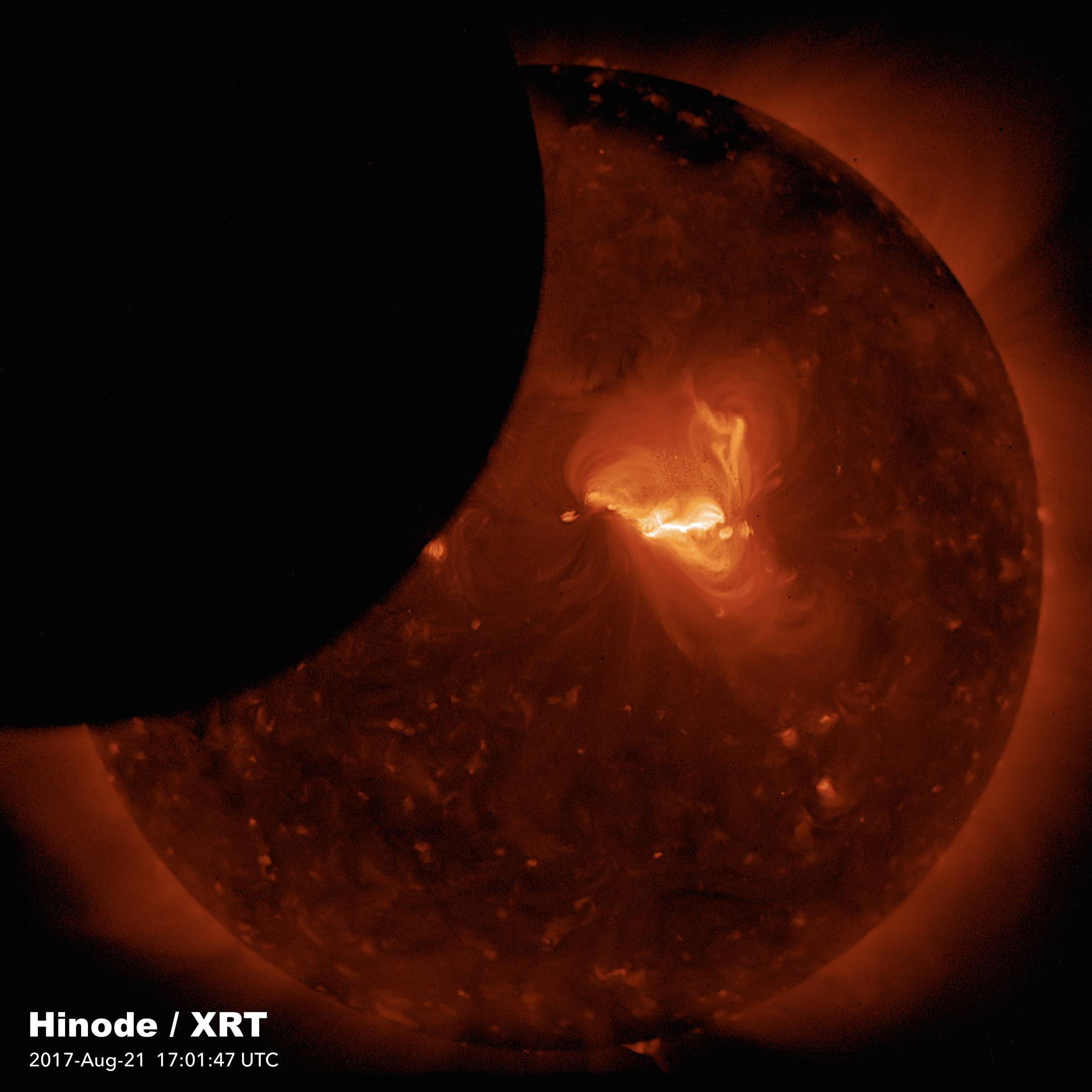
As millions of Americans watched the total solar eclipse that crossed the contiguous United States Aug. 21, the international Hinode solar observation satellite captured its own images of the awe-inspiring natural phenomenon as it orbited the planet. Hinode is a joint endeavor by the Japan Aerospace Exploration Agency, the National Astronomical Observatory of Japan, the European Space Agency, the United Kingdom Space Agency and NASA. Marshall manages Hinode science operations for the agency and helped develop the instrument that captured this image. (JAXA/NASA/SAO/NAOJ)
Combined Federal Campaign Officially Underway, Significant Changes Announced
By Jonathan Deal
The 2017 Combined Federal Campaign solicitation period is officially underway and will run through Jan. 12, 2018. The CFC, whose campaign theme this year is “Show Some Love,” is an opportunity for federal employees to contribute to approved charities of their choice.
The Office of Personnel Management has enacted new regulations regarding the CFC for 2017-18. Employee Express will no longer be available for use. Instead, the Office of Personnel Management has developed a centralized donation platform website for all federal employees to access. Payroll deduction pledges can be made on this platform. This federal-wide platform website is not currently operational, but once activated, access information will be provided on ExplorNet.
CFC no longer accepts cash contributions. Instead, paper pledge forms will be available to download and can be used for payroll deduction contributions, or a one-time contribution by check, money order, or credit/debit cards. Employees will be responsible for mailing their paper pledges to:
CFC Processing Center
P.O. Box 7820
Madison, WI 53707-7820
CFC charity listings will be available electronically on the platform website and on ExplorNet. Due to the agency’s late receipt of the 2017 approved charity list, NASA’s Marshall Space Flight Center has decided to focus on Community Service Days and will not conduct charity bus tours as in years past. CFC keyworker webinar training will also be announced soon on ExplorNet. This training will feature a demonstration of the platform website.
Last year, federal employees met the CFC goal, donating more than $600,000 to charities. Just like last year, the Marshall workforce’s generosity to the “Show Some Love” campaign will make a difference in the lives of those in need.
Deal, an ASRC Federal/Analytical Services employee and the Marshall Star editor, supports the Office of Strategic Analysis & Communications.
Where the Past Meets the Present: Marshall Figures Recognized
By Will Bryan
On Sept. 27 on the campus of Alabama A&M University in Huntsville, the past met the present and planned for the future during the first Alabama Historically Black Colleges and Universities Roundtable Discussion. It focused on drawing more minorities — specifically women — into academic fields and careers in science, technology, engineering and mathematics.
Jeanette Scissum-Mickens, a retired NASA Marshall Space Flight Center scientist, was recognized by Alabama Gov. Kay Ivey, and current Marshall mishap investigation specialist Ruth Jones told her own story and moderated a panel.
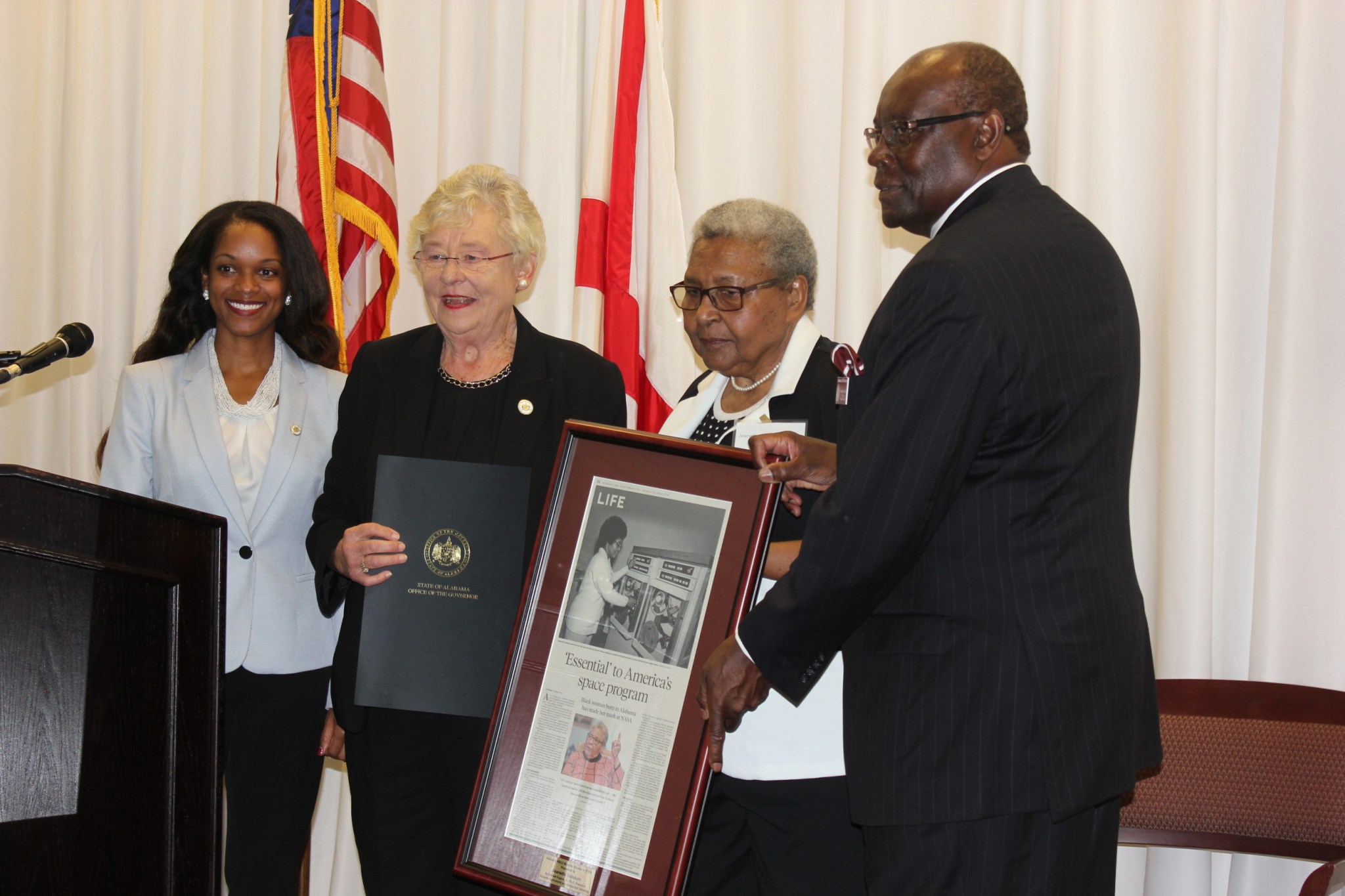
In 1964, Scissum-Mickens became the first African-American mathematician hired by Marshall. During her 39-year career at NASA, she used her skills to help improve sunspot cycle forecast models and held positions across the agency, including at NASA’s Goddard Space Flight Center, NASA Headquarters and with the Space Shuttle Program.
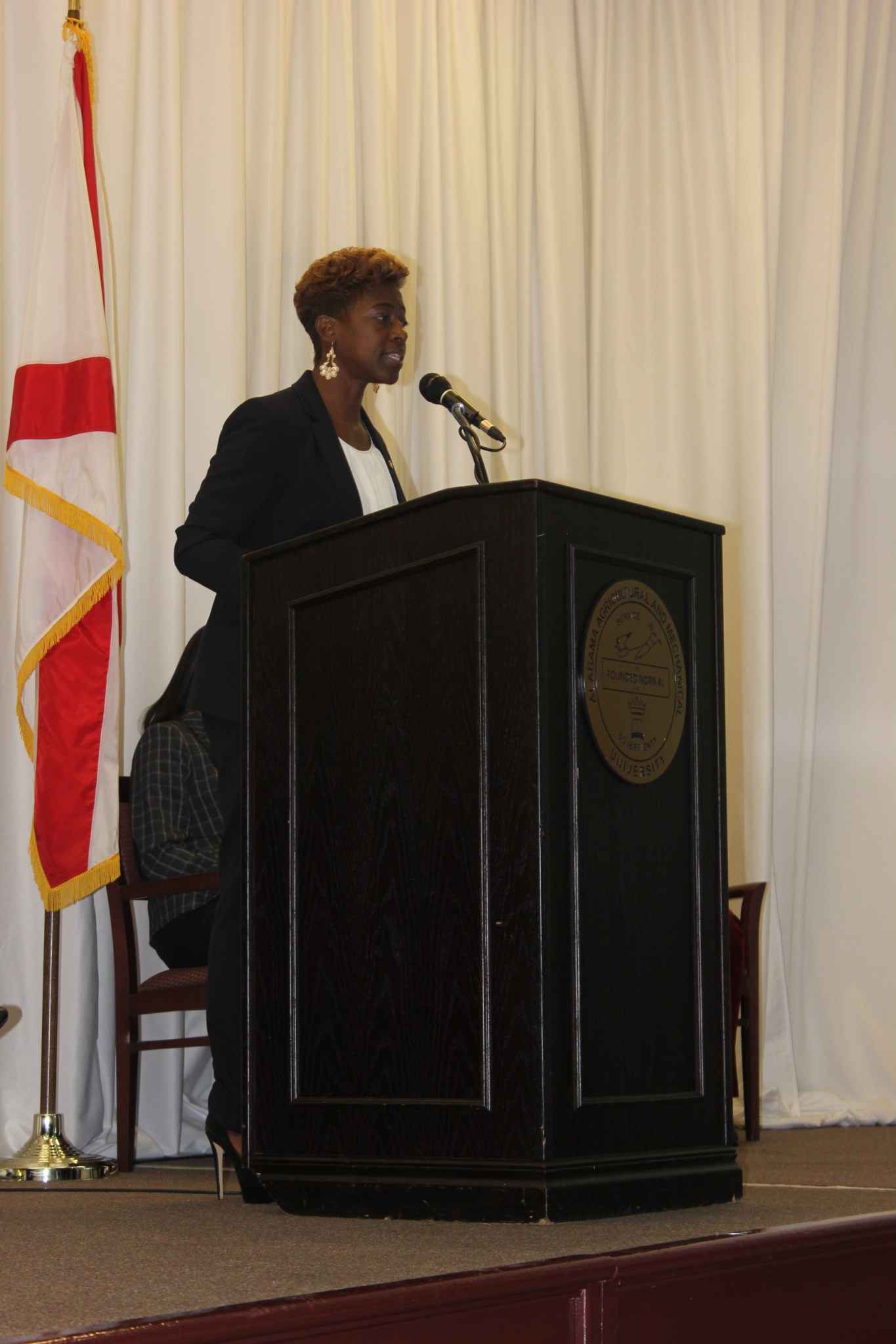
She was recognized by Ivey for her accomplishments and contributions to the space program, the state of Alabama and for paving the way for more African-American women to gain employment in technical fields.
One beneficiary is Ruth Jones, who shared her own story at the event. Jones, an Arkansas native, was encouraged by a college professor to pursue a physics degree. After completing her bachelor’s degr•ee, she moved to Huntsville and, at Alabama A&M, earned master’s and doctoratal degrees in the field, becoming only the second African-American woman in Alabama to earn a doctorate in physics. The first was fellow Marshall team member Sheila Nash-Stevenson.
“When I was here, I participated in graduate co-op programs at NASA. I did internships at Los Alamos, New Mexico, and that’s how I got to NASA,” Jones said.
Jones, a mishap investigations specialist at Marshall, faced challenges while pursuing her dreams, but said she used them to make her stronger.
“I would just tell anybody, it doesn’t matter your color. It doesn’t matter your gender. What’s in your head is the most important thing, and nobody can take that away from you,” she said. “You have to get your foundation on your own. You have to get what you want. You’re there to get an education. You get that education. You ask questions, and that’s what I did. That’s why I am where I am today.”
Her positive attitude, perseverance and skills earned her many awards and honors, including being recognized as one of NASA’s Modern Figures.
The panel, led by Jones, included representatives from industry, government and Historically Black Colleges and Universities across Alabama. The discussion focused on improving and drawing more children of minority groups into the science, technology, engineering and mathematics fields and encouraging them to stay. Keys to success, the panelists pointed out, include exposure at early ages, encouragement during difficult times of study and increasing awareness of the opportunities available for them in Alabama.
The event was a partnership between industry, state government and state colleges and universities.
Bryan, an ASRC Federal/Analytical Services employee, supports the Office of Strategic Analysis & Communications.
This Week in NASA History: First Flight of Space Shuttle Atlantis – Oct. 3, 1985
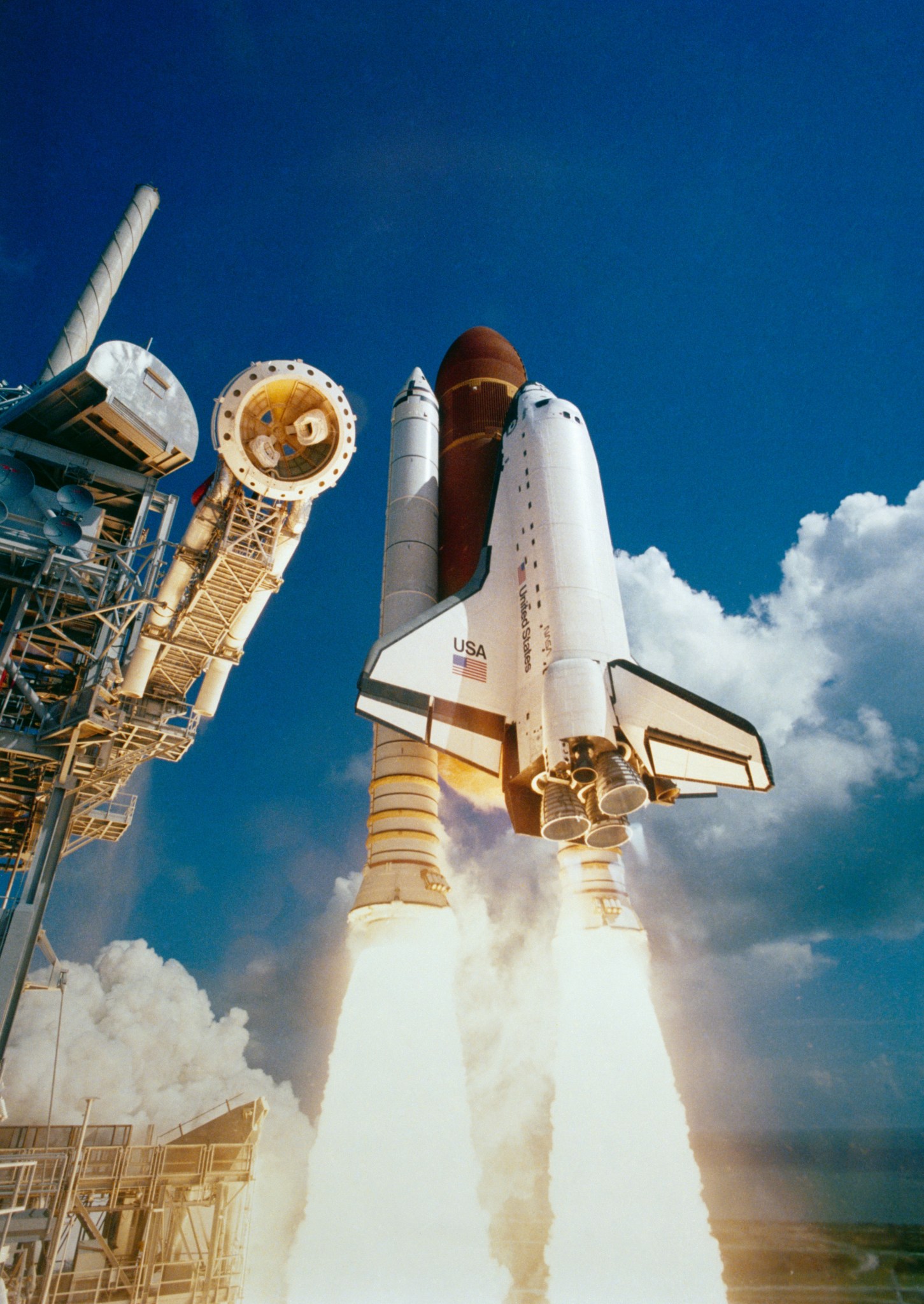
This week in 1985, STS-51J launched from NASA’s Kennedy Space Center on the first flight of the space shuttle Atlantis. This was the second mission that carried a payload for the U.S. Department of Defense. Today, the Payload Operations Integration Center at Marshall serves as “science central” for the space station, working 24/7, 365 days a year in support of the orbiting laboratory’s scientific experiments. The NASA History Program is responsible for generating, disseminating and preserving NASA’s remarkable history and providing a comprehensive understanding of the institutional, cultural, social, political, economic, technological and scientific aspects of NASA’s activities in aeronautics and space. For more pictures like this one and to connect to NASA’s history, visit the Marshall History Program’s webpage. (NASA)
Vice President Mike Pence’s Visit and OSIRIS-REx Mission Highlighted on ‘This Week @NASA’
Vice President Mike Pence’s visit to NASA’s Marshall Space Flight Center, as well as the OSIRIS-REx mission are featured in the latest edition of “This Week @NASA,” a weekly video program broadcast nationwide on NASA-TV and posted online.
The Vice President visited Marshall Sept. 25, to thank employees working on NASA’s human spaceflight programs. From Marshall’s science command center, he spoke to the three NASA astronauts currently living and working onboard the International Space Station, saying, “Literally and figuratively we all look up to you and we are grateful for your courage and your determination and your contribution that you make to American leadership in space.”
The Vice President got a first-hand look at progress being made on NASA’s Space Launch System (SLS), the world’s most powerful deep space rocket, that will send astronauts on missions around the moon and ultimately to Mars. He toured the SLS engineering facility where the engine section of the rocket’s massive core stage is undergoing a major stress test.
Hours after NASA’s OSIRIS REx spacecraft sped past Earth to complete its Earth Gravity Assist maneuver Sept. 22, the spacecraft’s MapCam captured a color composite image of the planet, at a range of approximately 106,000 miles. The dark streaks at the top of the image are caused by short exposure times of less than three milliseconds. Short exposure times are required to image objects as bright as Earth, but are not anticipated for an object as dark as Bennu — the asteroid OSIRIS REx will study starting in late 2018.
OSIRIS-REx is the third mission in NASA’s New Frontiers Program. Marshall manages the agency’s New Frontiers Program for the Science Mission Directorate in Washington.
View this and previous episodes at “This Week @NASA” on NASA’s YouTube page.
Obituaries
Frank M. Graham, 82, of Athens, Alabama, died Sept. 27. He retired from the Marshall Center in 1995 as an aerospace engineer. He is survived by his wife, Joy R. Graham.



